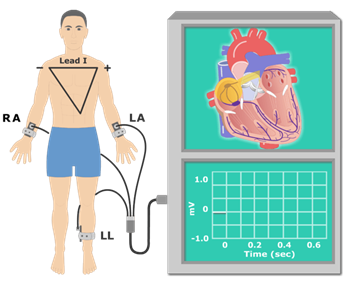Your patient has a CMP drawn to determine their electrolytes. Only part of the values have resulted including the Na+ which is 121 mEq/l. What type of electrolyte imbalance is the patient having?
Hypocalcemia
Hyperkalemia
Hypernatremia
Hyponatremia
The Correct Answer is D
Explanation: The normal range of sodium (Na+) in the blood is 135-145 mEq/L. The patient's sodium level of 121 mEq/L is below the normal range, indicating a low sodium level, which is called hyponatremia.
Hyponatremia is a common electrolyte imbalance that can be caused by a variety of factors, including excessive sweating, vomiting, diarrhea, certain medications, kidney disease, and hormonal imbalances. It can cause symptoms such as nausea, headache, confusion, seizures, and coma, and it can be a medical emergency if the sodium level drops rapidly or severely.
Nursing Test Bank
Naxlex Comprehensive Predictor Exams
Related Questions
Correct Answer is D
Explanation
Explanation: The normal range of sodium (Na+) in the blood is 135-145 mEq/L. The patient's sodium level of 121 mEq/L is below the normal range, indicating a low sodium level, which is called hyponatremia.
Hyponatremia is a common electrolyte imbalance that can be caused by a variety of factors, including excessive sweating, vomiting, diarrhea, certain medications, kidney disease, and hormonal imbalances. It can cause symptoms such as nausea, headache, confusion, seizures, and coma, and it can be a medical emergency if the sodium level drops rapidly or severely.
Correct Answer is A
Explanation
This response provides the patient with accurate and reassuring information about the EKG procedure. It explains that the test is painless and describes what will happen during the test. The other responses do not provide as much information or reassurance to the patient.

Whether you are a student looking to ace your exams or a practicing nurse seeking to enhance your expertise , our nursing education contents will empower you with the confidence and competence to make a difference in the lives of patients and become a respected leader in the healthcare field.
Visit Naxlex, invest in your future and unlock endless possibilities with our unparalleled nursing education contents today
Report Wrong Answer on the Current Question
Do you disagree with the answer? If yes, what is your expected answer? Explain.
Kindly be descriptive with the issue you are facing.
